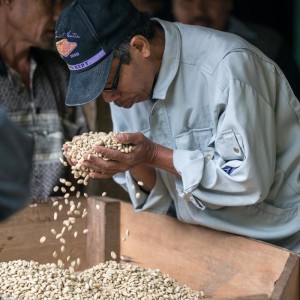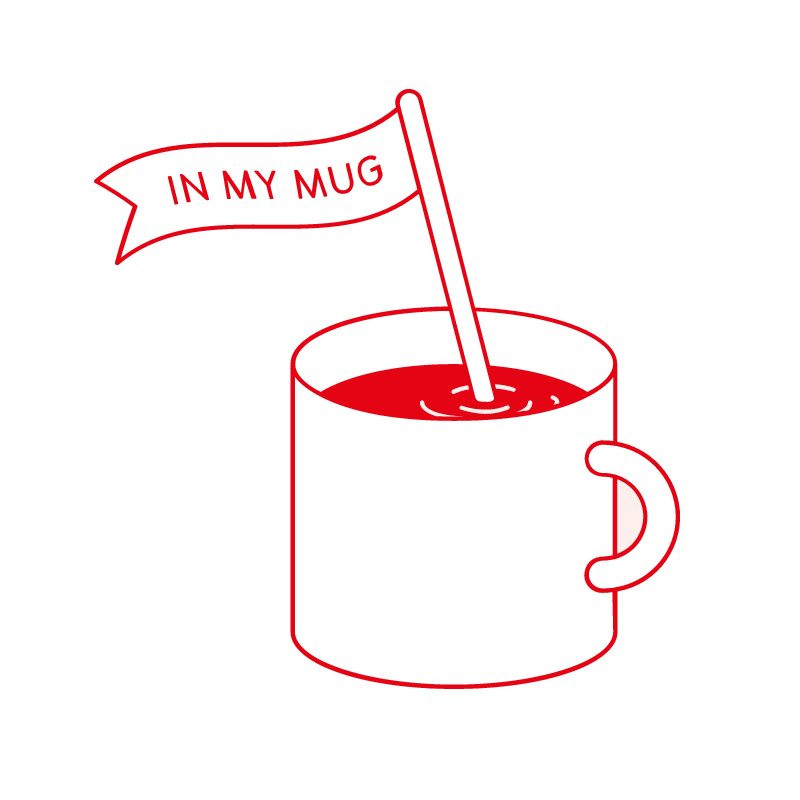Episodes

Saturday May 16, 2020
Episode 601: Sulawesi Tana Toraja Kalosi A Washed
Saturday May 16, 2020
Saturday May 16, 2020
Sulawesi was formerly known as Celebes. Along with the rest of Indonesia, it was under Dutch control from the early 1600s until World War II. Coffee production in Indonesia was introduced and dictated by the Dutch East India Company. The first Typica plants arrived in 1750, as they had begun to be spread around the other islands of Java and Sumatra.
The most famous coffees from Indonesia are those from the island of Sumatra, and they're processed as wet hulled coffees. This lends them their characteristic earthy, savoury, and sometimes almost meaty flavours.
Sulawesi, on the other hand, primarily produces washed coffees for export, and our partners there at TOARCO (a Japanese-Indonesian joint mill and export venture) are experts at producing clean, sweet, and fruity coffees that we really enjoy.
TOARCO owns the Pedamaran Plantation at 900–1,250 metres above sea level. It also purchases wet parchment (at 40% moisture) coffees from small producers at collection points in Perangian, Pango Pango, Minanga, and Perindingan. Once collected, the coffee is trucked to Pedamaran Plantation immediately after purchase. When it gets there it's dried using mechanical Yamamoto vertical dryers and Pinalhalense guardiolas, or horizontal dryers like those often found throughout Colombia. The mechanical dryers assist in maintaining uniform drying, and this helps the processing go more efficiently and cleanly. The drying typically takes 72 hours.
If a producer wants to sell their parchment coffee to TOARCO, they need to get certified to the quality standards in selective picking, storage, transportation, moisture levels, and so on. Farmers are issued ID cards that allow them to sell their coffee at various purchasing points in the Tana Toraja region during the market week.
TOARCO is focused on providing education and support to its producer partners. Currently, the company offers once-yearly classes for producers to receive their ID cards, but they hope to expand their educational opportunities to twice yearly and include things such as cherry selection, planting and picking techniques, and fermentation. They also hold a party at the end of the harvest cycle to celebrate, giving out awards to producers. The rewards include things such as depulpers and other necessary tools. Between 150 and 200 producers attend the party every year.
Most of the coffee produced in Toraja is of the S795 varietal (the S stands for 'section'). It is thought to be the cross of S288 (a natural hybrid of Liberica and Arabica) and an old Kent varietal (a Typica variety that has been adapted to growing conditions in India). S795 is the most commonly-planted Arabica coffee in India and southeast Asia, and it was one of the first coffee leaf rust-resistant varieties to be discovered. It is also commonly known as 'Jember' thanks to the Jember Indonesian Coffee and Cacao Research Institute (ICCRI), whose staff first introduced it to the coffee farmers of Indonesia.
This coffee is big and bold. There are bags of dark treacle with a delicate zing of dried cranberries and goji berries, and then it finishes with dark chocolate.
- Country: Indonesia
- Island: Sulawesi
- Region: Toraja
- Altitude: 1,400–1,600 m.a.s.l.
- Producers: Various smallholder farmers of Perangian, Pango Pango, Minanga, and Perindingan
- Processing method: Washed
- Drying method: Yamamoto vertical dryers, and Pinhalense guardiola
- Drying time: 72 hours
- Varietal: S795
- Grade: A
CUPPING NOTES
Treacle, dried cranberries, goji berries, dark chocolate
Clean cup: (1–8): 6
Sweetness: (1–8): 6.5
Acidity: (1–8): 6.5
Mouthfeel: (1–8): 6.5
Flavour: (1–8): 6.5
Aftertaste: (1–8): 6
Balance: (1–8): 6.5
Overall: (1–8): 6
Correction: (+36): +36
Total: (max. 100): 86.5
Roast Information
Medium-dark to dark – we prefer this pushed steadily to the edge of second to let all the flavours shine, but it'll take a slightly slower and darker roast if you want to reduce the acidity and focus on the heavy body.

